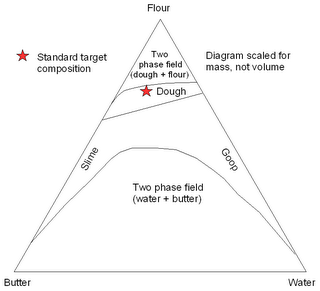Ladies and gentlemen, welcome to week -1 of the Rare Earth Revelry. That is not a dash folks, this is week negative one. Why start here? Because we are starting before the beginning. We are turning the clock back 5 billion years to discuss rare earth elements in stars that died before the Earth was formed.
Cosmologists tell us that the universe started out with no heavy elements in it; all the carbon, oxygen, silicon, and everything else was formed in stars, a byproduct of the energetic reactions that makes stars shine.
The exact details on nucleosynthesis, the manner in which the elements of the periodic table came to be, were worked out in theory in the middle to end of the 20th century. For elements heavier than iron, there are two main mechanisms, both of which involve neutron capture.
In large, elderly stars, after the hydrogen fuel of the main sequence is exhausted, the star turns to burning helium. There are numerous reactions between helium nuclei and those of heavier elements, and some of these (e.g.
21Ne +
4He ->
24Mg + n) produce neutrons.
In the S process (S for stellar), heavy elements grow heaver by absorbing neutrons produced in such a manner. However, the flux of neutrons is fairly low, so that if neutron capture results in the formation of an unstable nucleus, that nucleus generally has time to beta decay into something more stable before the next neutron capture.
For the light rare earth elements, this process is illustrated in figure 1.

Figure 1. S process formation of Nd isotopes. X axis is number of neutrons in nucleus, Y axis is number of protons. Figure generated from NuDat 2.5
It generally takes a few million years for a star to chew through its helium, after which the process stops. Helium burning can be a fairly unstable process, so these stars can mix their core material up into their atmospheres, (called “dredge-up”) and then blow their atmospheres off into space, allowing the elements to escape.
The S process has a few drawbacks, specifically its inability to explain a number of heavy isotopes, as well as the elements uranium and thorium. If you add a neutron to
209Bi, to form
210Bi, the
210Bi decays into
210Po, the isotope used to
kill Viktor Litvinenko.
210Po alpha decays back down to
206Pb, so you can’t get up to mass 232 or 238. Also, as shown in Figure 1,
142Ce,
148Nd, and
150Nd cannot be produced by the S process.
The R-process (R for rapid) explains these elements. In the R process, an extremely high neutron flux means that nuclei absorb neutrons faster than they can decay. (figure 2)
Because there is no time for decay, the instability gap between polonium and thorium can be bridged, and actinides, as well as heavy isotopes of other elements, can be formed by this process.

Figure 2. R-process for Nd isotopic formation. Note that 142Nd is not formed in this process.
In the case of neodymium,
142Nd can only be formed by the S process,
148Nd and
150Nd can only be formed by the R process, and 143-146 can be formed from both.
The bulk solar (and meteorite, and planetary) isotopic composition can be 99% explained as a mix of S process and R process isotopes, suggesting that the gas cloud that collapsed to form our solar system contained the remnants of both supernovas and material expelled from old, evolved stars.
From the 1950’s onward, that was the theory, and it was a nice theory. But there is one more thing we need to know about the theory before letting it loose on real rocks.
As the S process requires a star to have entered the helium burning phase of its life, there is another compositional change that occurs. Stars like the sun have about twice as much osygen as carbon in them. But helium burning produces carbon, so in some helium burning stars, there is more carbon than oxygen. This is important, because if a carbon rich atmosphere gets ejected, the excess carbon means that instead of just forming carbon monoxide gas, condensates of carbide such as SiC can form.
In the late 1980’s, researchers working with primitive meteorites discovered that they contained trace amounts of tiny silicon carbide grains. It was hypothesized that these might be dust from carbon-rich helium burning stars, which avoided getting remelted in the primordial solar nebula. So, in the early 1990's, the Nd isotopes were measured. And what did they find?
All the Nd in the silicon carbide was S-process only. Just like the theory predicted.

Figure 3. S-process Nd in presolar SiC grains. Source.
Rare Earth Revelry
Week -1IntroductionWeek 1Week 2Week 3Week 4Further reading:
Zinner 1998 (fee)
Zinner et al. 1991 (free)
Guber et al. 1997 (fee)








